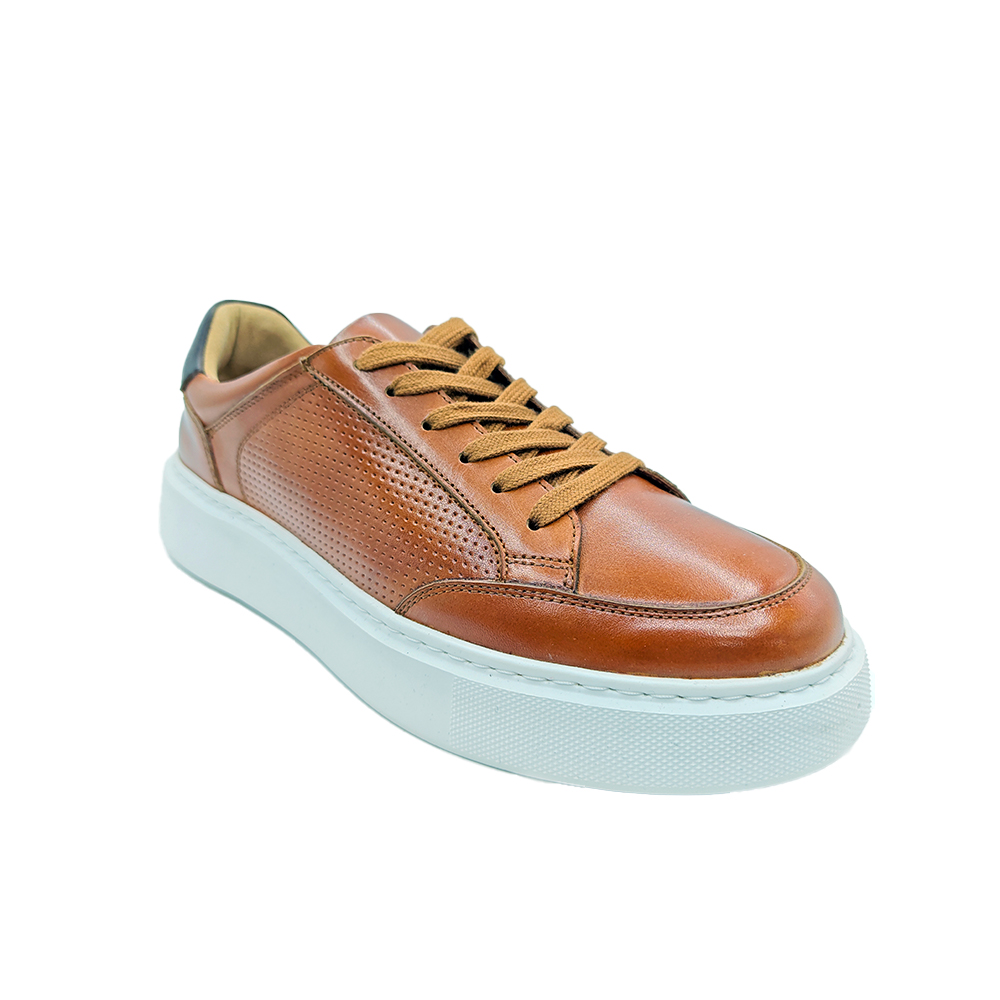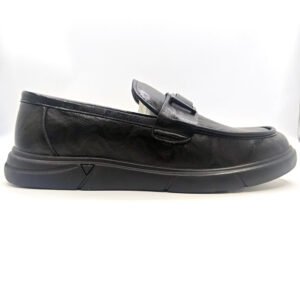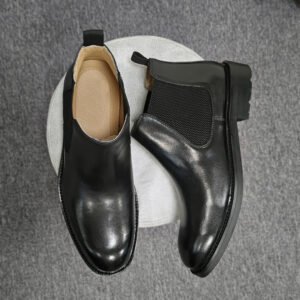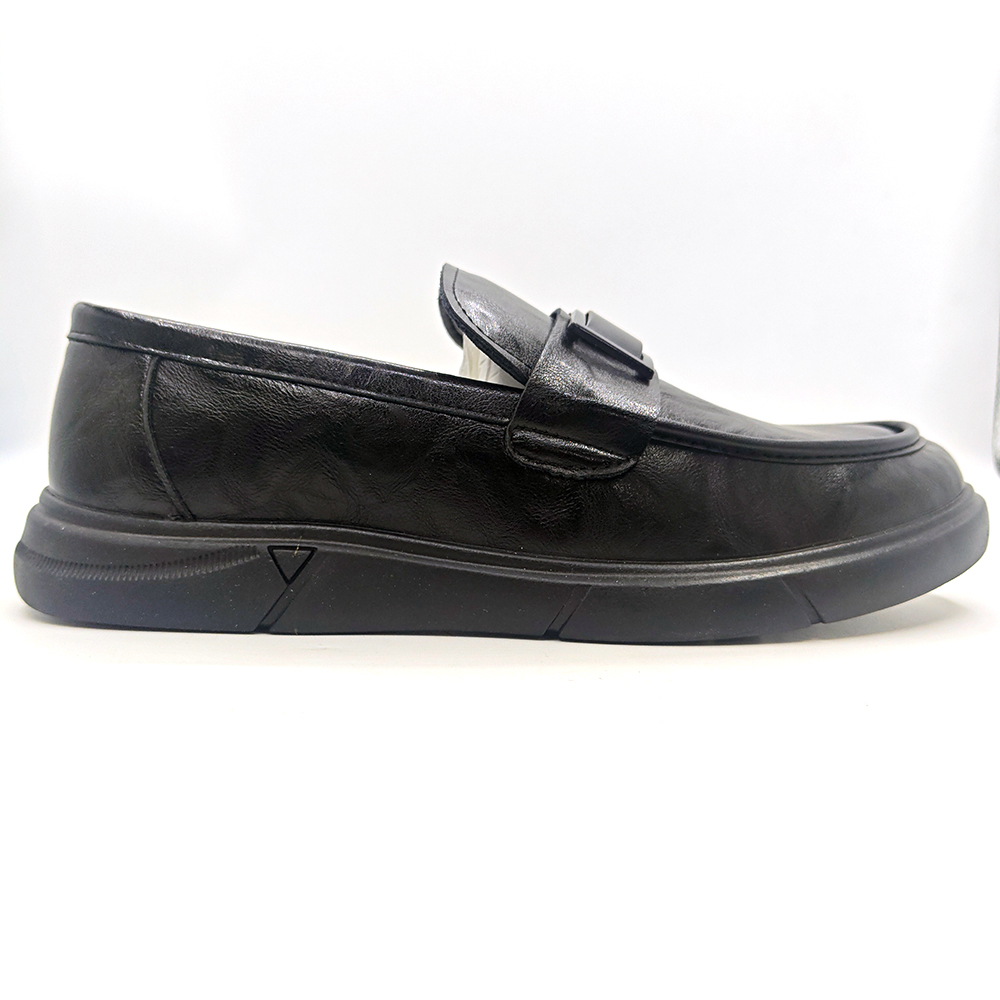Last Updated on 2025-09-07 by Topmenz Shoes
Sneaker shoes are more than just footwear—they’re extensions of your personality, tools for performance, and investments in comfort. With countless styles, technologies, and brands flooding the market, finding the perfect pair of sneaker shoes can be overwhelming. As a professional sneaker shoes manufacturer, we’re here to simplify your journey. This guide breaks down every factor to consider when buying sneaker shoes, ensuring you make informed, confident choices.
1. Define Your Purpose: Matching Sneaker Shoes to Your Lifestyle
1.1 Athletic Performance Sneaker Shoes
- Running: Look for lightweight designs with responsive cushioning (e.g., Nike React, Adidas Boost).
- Basketball: Prioritize ankle support and herringbone traction (e.g., Jordan 38, Under Armour Curry Flow).
- Gym/Cross-Training: Opt for stable, grippy soles (e.g., Reebok Nano, Nike Metcon).
1.2 Casual Lifestyle Sneaker Shoes
- Streetwear Staples: Classic designs like Adidas Stan Smith or Converse Chuck Taylor.
- Fashion-Forward Picks: Chunky soles (Balenciaga Triple S) or luxe materials (Gucci Ace).
1.3 Specialty Sneaker Shoes
- Hiking: Durable soles with Vibram traction (e.g., Salomon XT-6).
- Skateboarding: Reinforced toe caps and vulcanized soles (e.g., Vans Half Cab).
2. Understand Sneaker Shoes Materials: Balancing Durability and Comfort
2.1 Upper Materials in Sneaker Shoes
- Leather: Durable and premium (e.g., Air Jordan 1), but requires regular care.
- Knits (Flyknit/Primeknit): Breathable and flexible, ideal for running sneaker shoes.
- Synthetics: Vegan leather or mesh for lightweight affordability.
2.2 Midsole Technologies in Sneaker Shoes
- EVA Foam: Lightweight cushioning but less durable.
- PU (Polyurethane): Firmer support for long-term use.
- Air/Gel Units (Nike Air, ASICS Gel): Targeted impact absorption.
2.3 Outsole Materials for Sneaker Shoes
- Carbon Rubber: Long-lasting for road running sneaker shoes.
- Sticky Rubber: Enhanced grip for trail or basketball sneaker shoes.
3. Prioritize Fit and Sizing in Sneaker Shoes
3.1 Measuring Your Feet for Sneaker Shoes
- Step 1: Trace your foot on paper and measure length/width.
- Step 2: Compare with brand-specific sizing charts (sizes vary between Nike, Adidas, etc.).
3.2 Key Fit Considerations for Sneaker Shoes
- Toe Room: 0.5–1 cm space between your longest toe and the shoe tip.
- Arch Support: Match sneaker shoes to your arch type (neutral, flat, high).
- Width Options: Brands like New Balance offer wide sneaker shoes for comfort.
3.3 Trying On Sneaker Shoes: Pro Tips
- Wear Performance Socks: Mimic your usual footwear setup.
- Test in the Afternoon: Feet expand throughout the day.
- Walk Incline/Decline: Check for heel slippage.
4. Evaluate Sneaker Shoes Cushioning and Support
4.1 Cushioning Types in Sneaker Shoes
- Maximalist: Thick midsoles (Hoka Bondi) for joint protection.
- Minimalist: Thin soles (Vibram FiveFingers) for natural ground feel.
- Responsive: Energy-return foams (Nike ZoomX) for speed.
4.2 Support Systems in Sneaker Shoes
- Motion Control: Medial posts for overpronators (ASICS Gel-Kayano).
- Torsional Rigidity: Midfoot shanks (Adidas Torsion System) for stability.
5. Compare Sneaker Shoes Brands: Strengths and Specialties
5.1 Nike Sneaker Shoes
- Strengths: Innovation (Air technology), athlete collaborations.
- Top Picks: Air Force 1 (casual), Vaporfly Next% (racing).
5.2 Adidas Sneaker Shoes
- Strengths: Sustainable materials (Parley Ocean Plastic), Boost cushioning.
- Top Picks: Ultraboost (running), Samba (lifestyle).
5.3 New Balance Sneaker Shoes
- Strengths: Wide fits, retro appeal.
- Top Picks: 574 (casual), Fresh Foam X (performance).
6. Balance Budget and Quality in Sneaker Shoes
6.1 Budget Sneaker Shoes (50–50–50–100)
- Best For: Casual use or infrequent wear.
- Examples: PUMA Carina, Nike Revolution.
6.2 Mid-Range Sneaker Shoes (100–100–100–200)
- Best For: Everyday runners or gym enthusiasts.
- Examples: Brooks Ghost, ASICS Gel-Nimbus.
6.3 Premium Sneaker Shoes ($200+)
- Best For: Collectors or elite athletes.
- Examples: Jordan Retro, Yeezy Boost.
7. Check Sustainability in Sneaker Shoes Production
7.1 Recycled Materials in Sneaker Shoes
- Uppers: Ocean plastics (Adidas x Parley).
- Midsoles: Algae foam (Allbirds Dasher).
7.2 Circular Sneaker Shoes Design
- Modular Construction: Replaceable soles (Thousand Fell).
- Take-Back Programs: Nike Grind recycling.
8. Test Sneaker Shoes Before Committing
8.1 In-Store Testing of Sneaker Shoes
- Run/Walk: Test cushioning and flexibility.
- Lateral Movements: Essential for basketball or tennis sneaker shoes.
8.2 Online Purchase Safeguards
- Free Returns: Ensure brands like Zappos or Nordstrom offer hassle-free policies.
- Reviews: Check Reddit’s r/Sneakers or YouTube for unbiased sneaker shoes feedback.
9. Spot Counterfeit Sneaker Shoes: A Buyer’s Guide
9.1 Authenticity Markers in Sneaker Shoes
- Stitching: Even, tight, and free of loose threads.
- Labels: Correct font placement and QR codes (scan via CheckCheck app).
9.2 Trusted Sources for Sneaker Shoes
- Retailers: StockX, GOAT, or brand flagship stores.
- Avoid: Too-good-to-be-true deals on social media.
10. Maintain Your Sneaker Shoes for Longevity
10.1 Cleaning Sneaker Shoes
- Weekly: Wipe uppers with a damp cloth.
- Deep Clean: Use specialized kits (Jason Markk) monthly.
10.2 Storing Sneaker Shoes
- Avoid Sunlight: Prevent yellowing of white sneaker shoes.
- Use Shoe Trees: Maintain shape and absorb moisture.
Step Confidently in Your Perfect Sneaker Shoes
Choosing sneaker shoes is a blend of science and self-expression. By prioritizing purpose, fit, and quality, you’ll find footwear that elevates your stride and style. As manufacturers dedicated to excellence, we’re here to ensure every step you take is supported by innovation and craftsmanship.
Any questions pls contact custom shoes expert Whatsapp +86 13392749315 and Get the latest news and updates straight to your email inbox.












